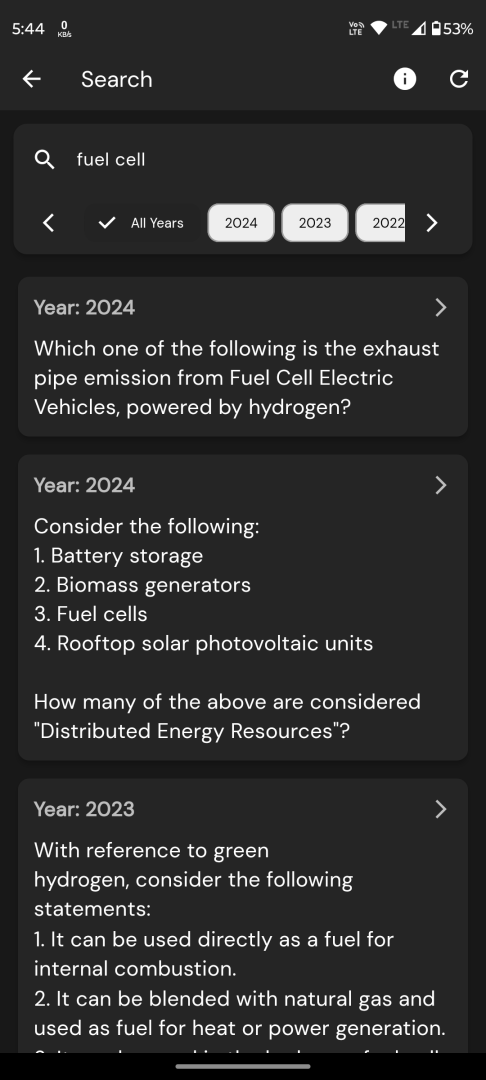Q. Consider the following statements:
1. A bill amending the Constitution requires a prior recommendation of the Président of India.
2. When a Constitution Amendment Bill is presented to the President of India, it is obligatory for the President of India to give his/her assent.
3. A Constitution Amendment Bill must be passed by both the Lok Sabha and the Rajya Sabha by a special majority and there is no provision for joint sitting.
Which of the statements given above are correct?
a) 1 and 2 only
b) 2 and 3 only
c) 1 and 3 only
d) 1, 2 and 3
Correct Answer: c) 2 and 3 only
Question from UPSC Prelims 2022 GS Paper
Explanation :
Process of Amending the Indian Constitution
The process of amending the Indian Constitution is a critical aspect of the country’s parliamentary democracy. This process is governed by Article 368 of the Indian Constitution, which lays down the procedure for its amendment. Here’s an in-depth look at the statements provided to clarify the procedure.
Presidential Recommendation for Constitution Amendment Bills
Contrary to the first statement, a Constitution Amendment Bill does not require a prior recommendation of the President of India to be introduced in the Parliament. Members of either House of Parliament can introduce such a bill without the President’s recommendation. However, for amendments that affect the federal structure, ratification by state legislatures is necessary.
Presidential Assent to Constitution Amendment Bills
The second statement is accurate as it highlights the obligatory nature of the President’s assent. Once a Constitution Amendment Bill has been passed by both Houses of Parliament with the required special majority, the President must give his/her assent, thereby making it mandatory.
Special Majority and No Provision for Joint Sitting
The third statement correctly mentions that a Constitution Amendment Bill must be passed by both the Lok Sabha and the Rajya Sabha with a special majority. Additionally, it emphasizes that there is no provision for a joint sitting in case of a deadlock between the two Houses, which is a unique aspect of the amendment process.
In conclusion, statements 2 and 3 provide an accurate representation of the constitutional amendment process in India, while statement 1 does not align with the procedural requirements as per the Indian Constitution.





